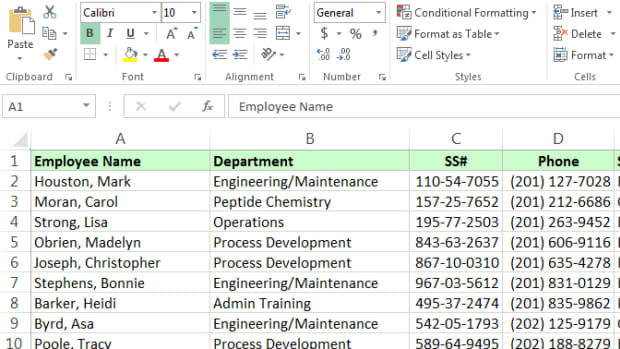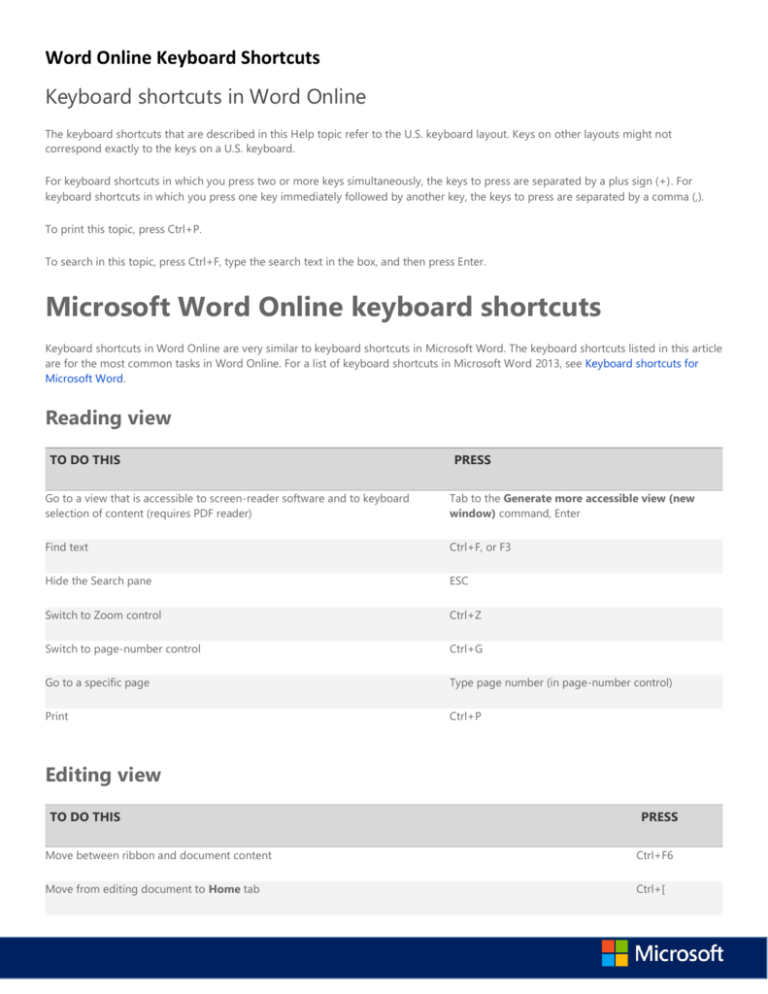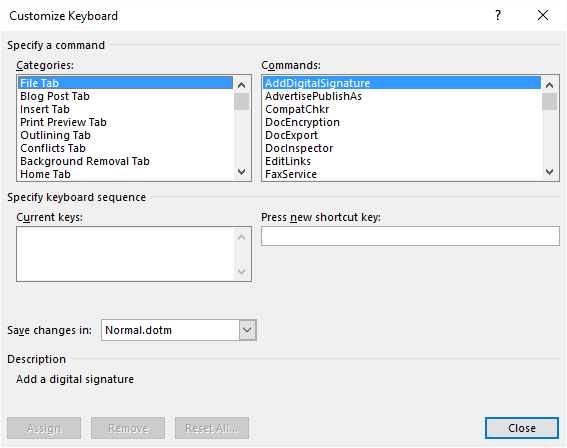
You can change this shortcut so it also opens screen snipping, which lets you edit your screenshot. Take a screenshot of your whole screen and copy it to the clipboard. Open the next menu to the left, or close a submenu. Open the next menu to the right, or open a submenu.

Select more than one item in a window or on the desktop, or select text in a document.ĭelete the selected item without moving it to the Recycle Bin first. Turn the Chinese input method editor (IME) on or off.ĭisplay the shortcut menu for the selected item. Switch the keyboard layout when multiple keyboard layouts are available. Select multiple individual items in a window or on the desktop. When a tile is in focus on the Start menu, move it into another tile to create a folder.Ĭtrl + arrow key (to move to an item) + Spacebar When a group or tile is in focus on the Start menu, move it in the direction specified. Use the arrow keys to switch between all open apps. Move the cursor to the beginning of the previous paragraph. Move the cursor to the beginning of the next paragraph. Move the cursor to the beginning of the previous word. Move the cursor to the beginning of the next word.

Select all items in a document or window.ĭelete the selected item and move it to the Recycle Bin. Open the shortcut menu for the active window.Ĭlose the active document (in apps that are full-screen and let you have multiple documents open at the same time).

#MICROSOFT WORD KEYBOARD SHORTCUTS HORIZONTAL BREAK PASSWORD#
Show your password on the sign-in screen.Ĭycle through items in the order in which they were opened.ĭisplay properties for the selected item. Search for a file or folder in File Explorer.ĭisplay the address bar list in File Explorer.Ĭycle through screen elements in a window or on the desktop. Close the active item, or exit the active app.


 0 kommentar(er)
0 kommentar(er)
